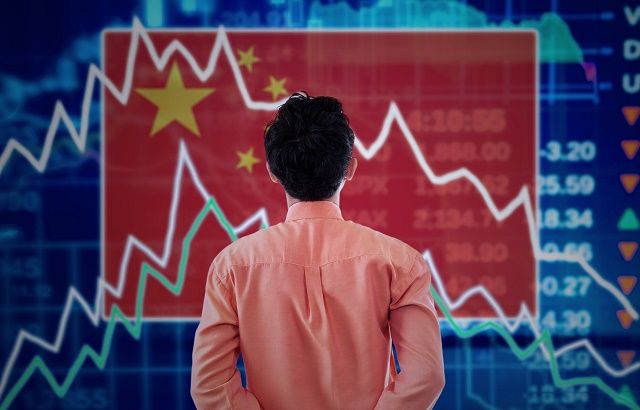The stand-out beneficiary of the reflation trade so far has been emerging markets.
They drew in $17bn in the first three weeks of 2021 alone and are riding high in the performance tables since the vaccine news in November.
However, this new-found enthusiasm isn’t evenly spread.
Investors are moving away from the ‘growth’ areas – China and technology – into areas geared to global recovery, notably Latin America, the Middle East and Africa.
Dominant players
For some years, China has been the only game in town within emerging markets.
With its large and sophisticated technology sector, resilient economy and increasing global dominance, the country has been both emerging markets’ strongest performer and taken a larger and larger share of emerging market indices.
Other countries have trailed in its wake.
This has continued through the crisis. The Chinese authorities may have been slow to react initially, but quickly got a grip on the virus, which allowed the economy to reopen.
It was the only major economy to post positive GDP growth in 2020.
Equally, its currency proved less vulnerable than other emerging market currencies. The average China fund delivered 35.9% in 2020, more than any other sector except technology. This has seen China grow to an increasingly significant share of the major EM indices.
It is now over 40% of the MSCI EM index (with Taiwan another 13%) and home to six of its largest 10 companies.
Making up ground
But fund managers are starting to shift their positioning, away from the countries and sectors that have served them well in 2020 to those areas that look set to benefit from a changing environment.
Devon Kaloo, head of global emerging markets at Aberdeen Standard, for example, has been moving away from China and Taiwan and away from some of the technology giants, such as TenCent and Mercado Libre, as a cyclical recovery takes hold.
Tom Wilson, head of emerging market equities at Schroders, is taking a similar approach: “We have been taking profits on structural growth names and taking money out of China. Instead, we have been buying good quality cyclical names in a variety of different markets.”
This has included sectors such as banks.
He says that while this positioning has benefited him during the recovery phase, the opportunities today may lie in even more ‘deep’ cyclical names, particularly in “classic recovery” markets such as Brazil and South Africa where investors should get the benefit of rising share prices and an improving currency.
These are the areas that have been most unloved during the recent crisis, so valuations also appear more attractive than elsewhere in emerging markets.
It helps that these economies are also beneficiaries of higher commodity prices at a time when demand for raw materials is rising.
Groups such as Goldman Sachs have highlighted the potential for a new commodities supercycle, as the transition to a low carbon economy and new infrastructure building drives demand for metals.
Alex Duffy, portfolio manager at Fidelity International, adds: “The unprecedented levels of government stimulus globally are also likely to raise inflationary pressures.
“As these pressures mount, many commodities can provide a natural inflationary hedge, underpinning the case for selective exposure to commodity rich regions like Latin America and Emea.”
Vaccine challenges risk dampening recovery
It is important to note that investors won’t necessarily get this type of exposure through passive investment.
As it stands, Brazil makes up only 4.6% of the MSCI EM index and none of its major companies feature in the top 10.
Materials, energy and industrials make up only 7.4%, 4.6% and 4.2% of the index, respectively.
The MSCI EM index is, above all, geared to information technology (20.9%) and consumer discretionary (19.3%). To play the reflation trade through emerging markets requires dedicated passive investment in Latin America or commodities, or investment via active managers.
There is still the potential for setbacks.
Duffy says selectivity remains paramount, given the differing levels of strength amongst sovereign and corporate balance sheets.
Brazil, for example, is struggling with its debt burden, having enacted generous fiscal stimulus packages to help its citizens through the crisis. South Africa is in a similar position with twin deficits.
They are both beneficiaries of a weakening dollar but could struggle again if the dollar does not depreciate as expected.
Equally, these emerging markets are particularly dependent on the Oxford/AstraZeneca vaccine (because of its low cost and ease of distribution), so recent trial data showing weak efficacy against new strains of the virus could be a problem.
The current optimism for these cyclical markets is premised on the view that the economies will revive once the vaccine has been rolled out, so any setbacks would dent sentiment. Wilson points out that sentiment indicators have already risen a long way.
This should be a fertile time for emerging markets after a long period when they have been out of favour. However, investors using them as a play on the reflation trade need to be careful they are getting the exposure they think.
After a strong year in 2020, China’s strength may ebb.
The smart money appears to be moving towards more cyclical markets.







